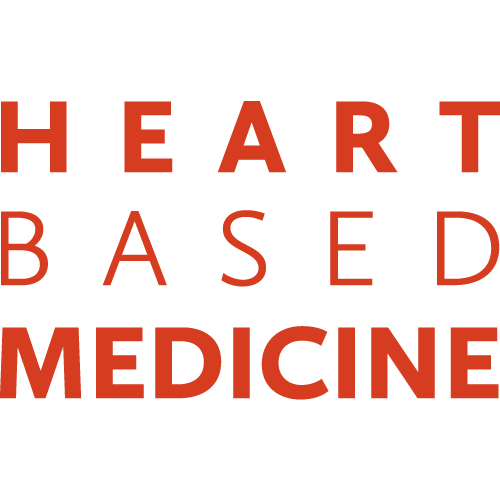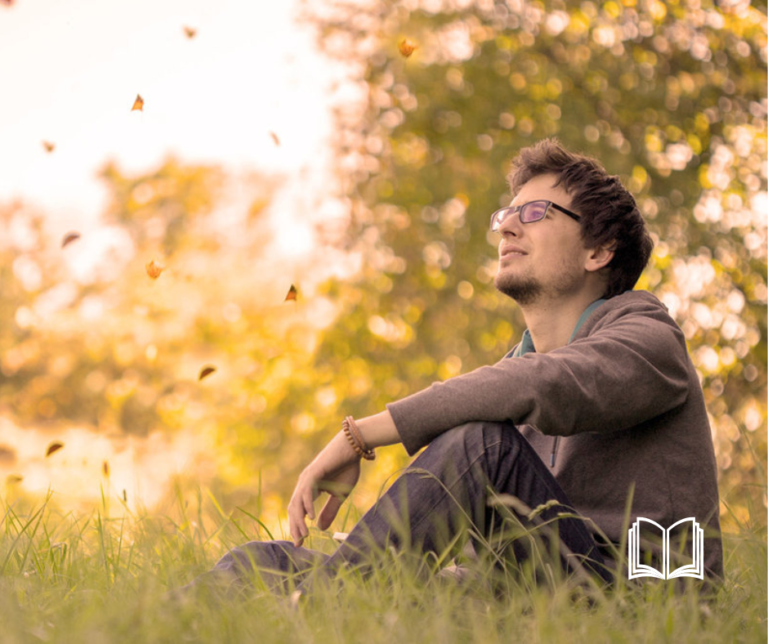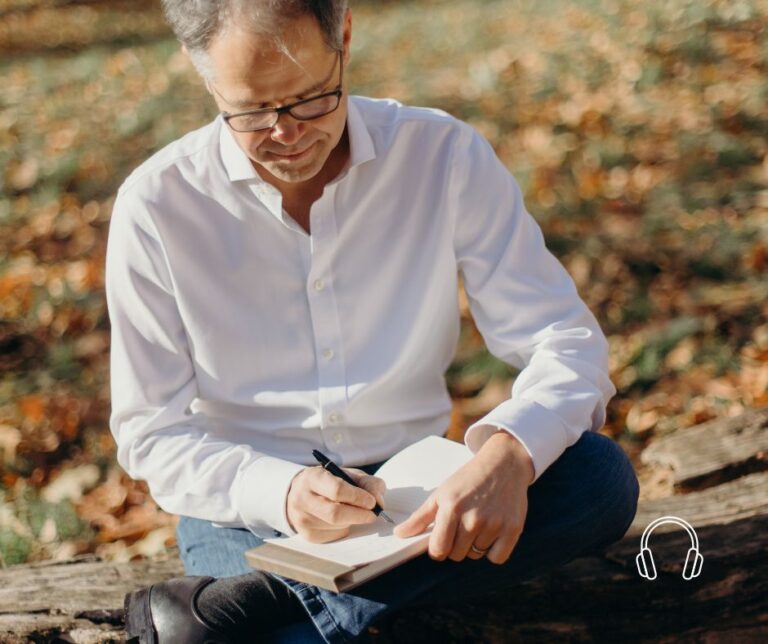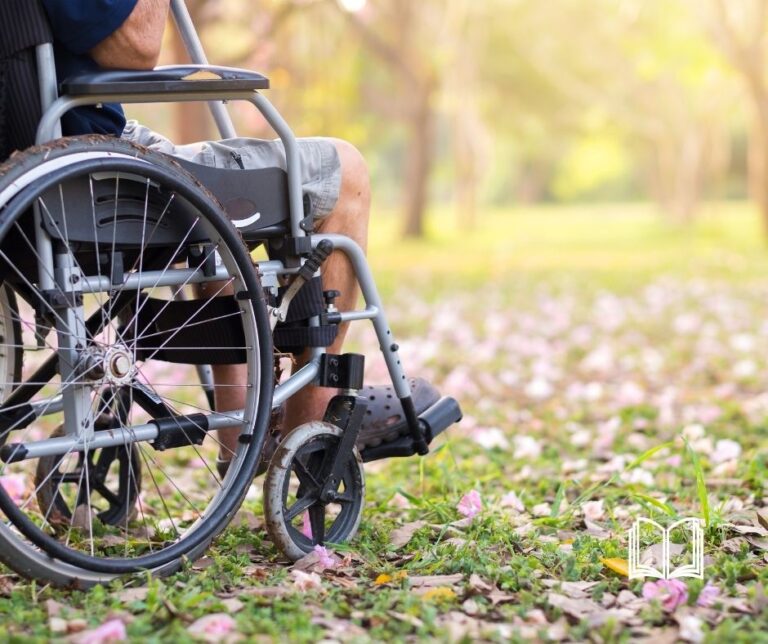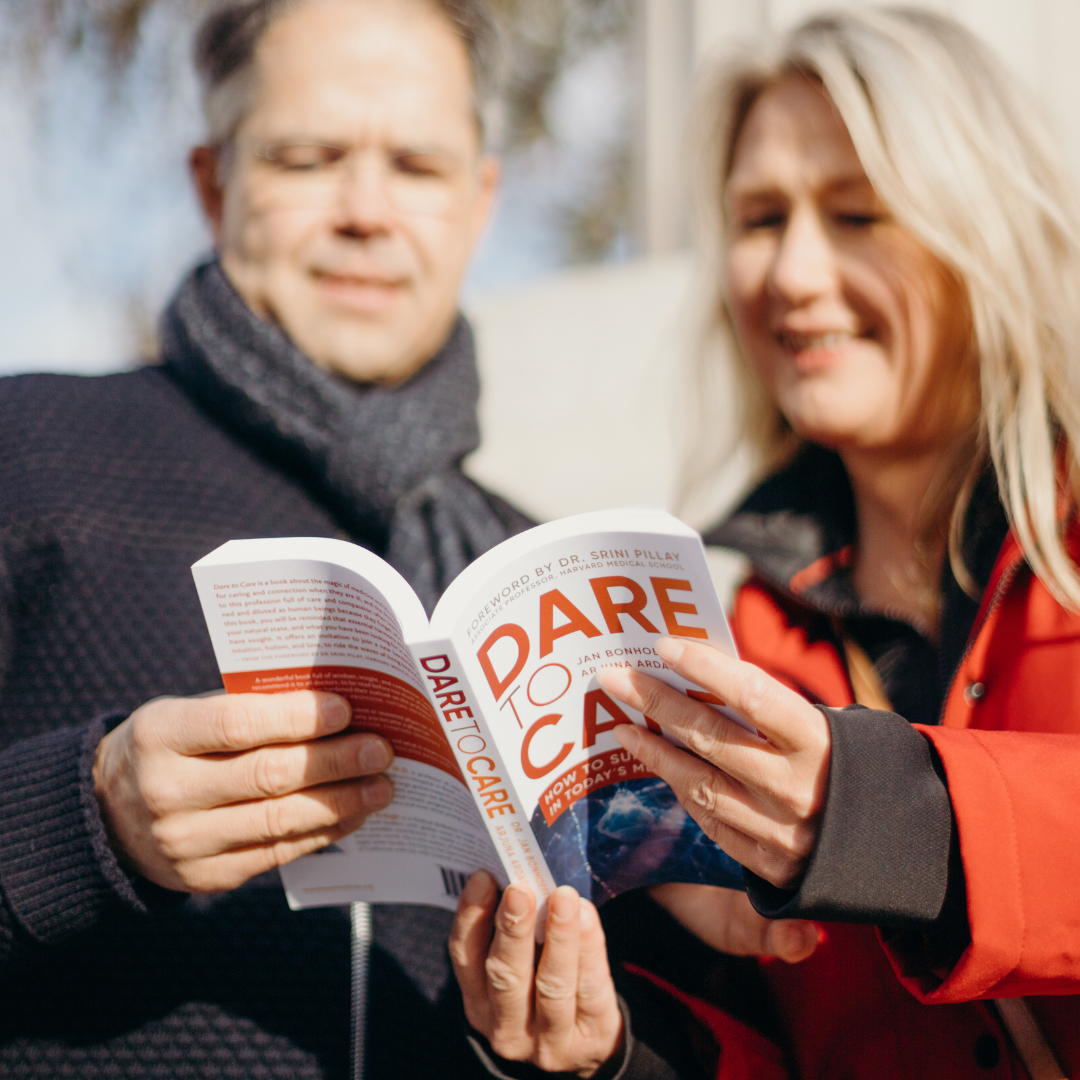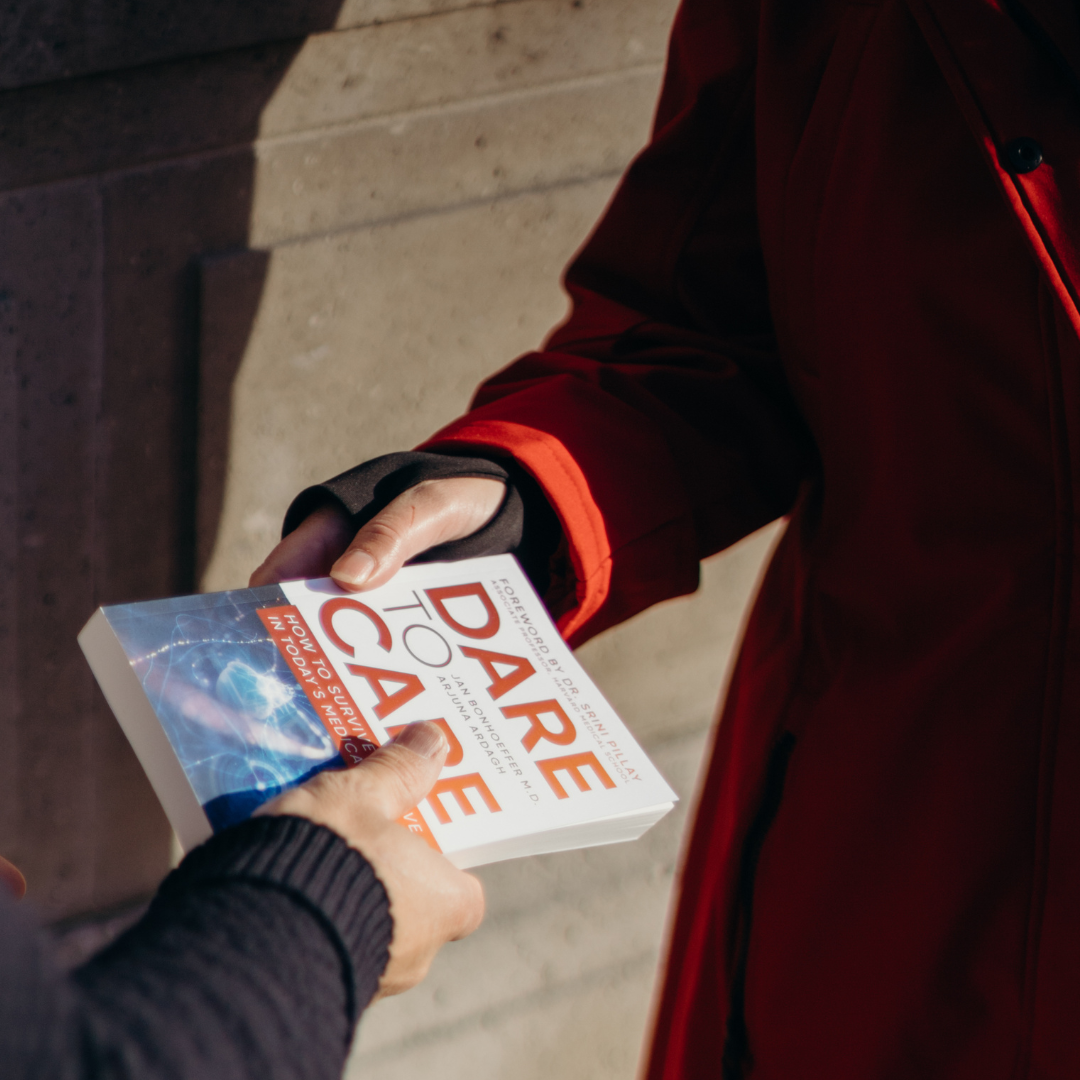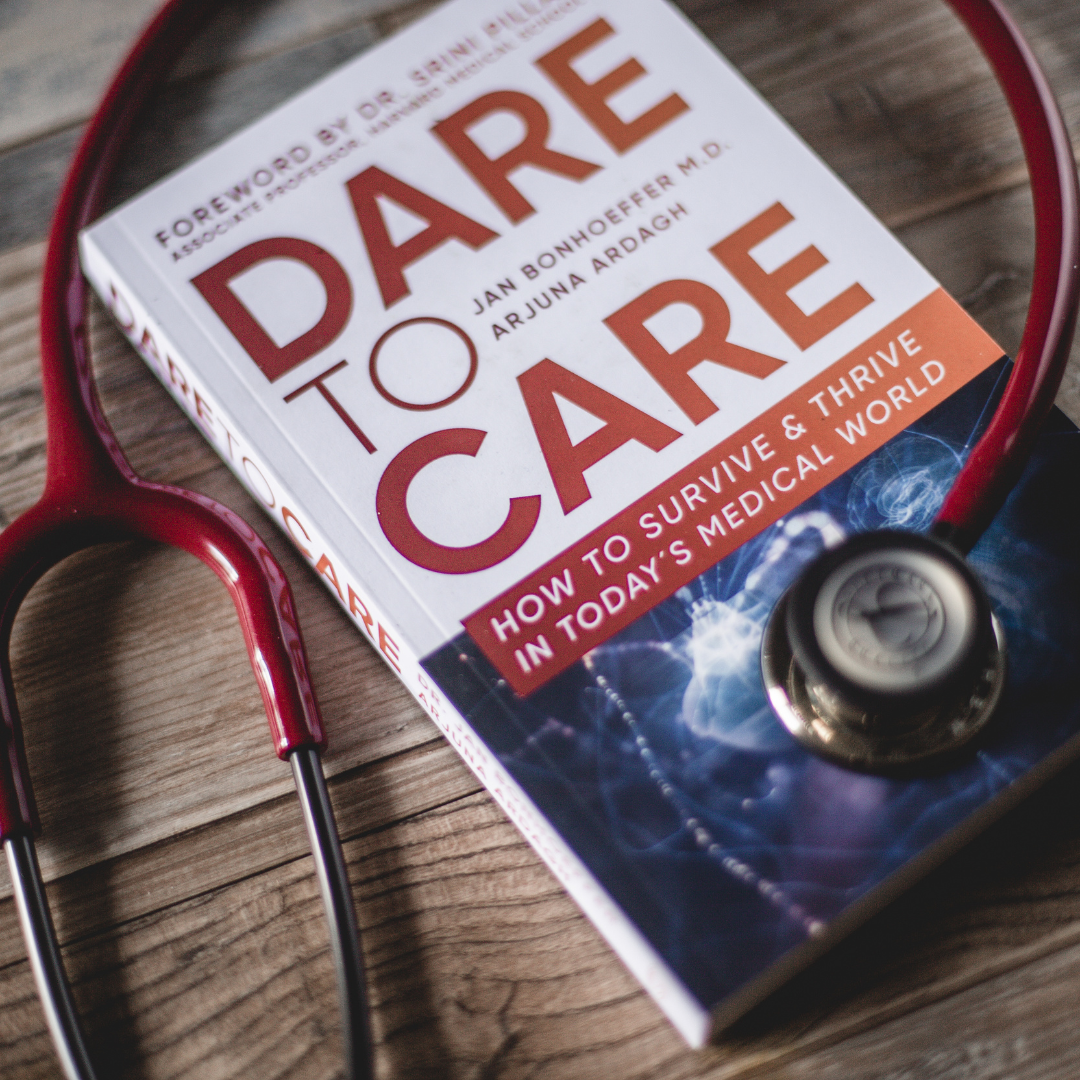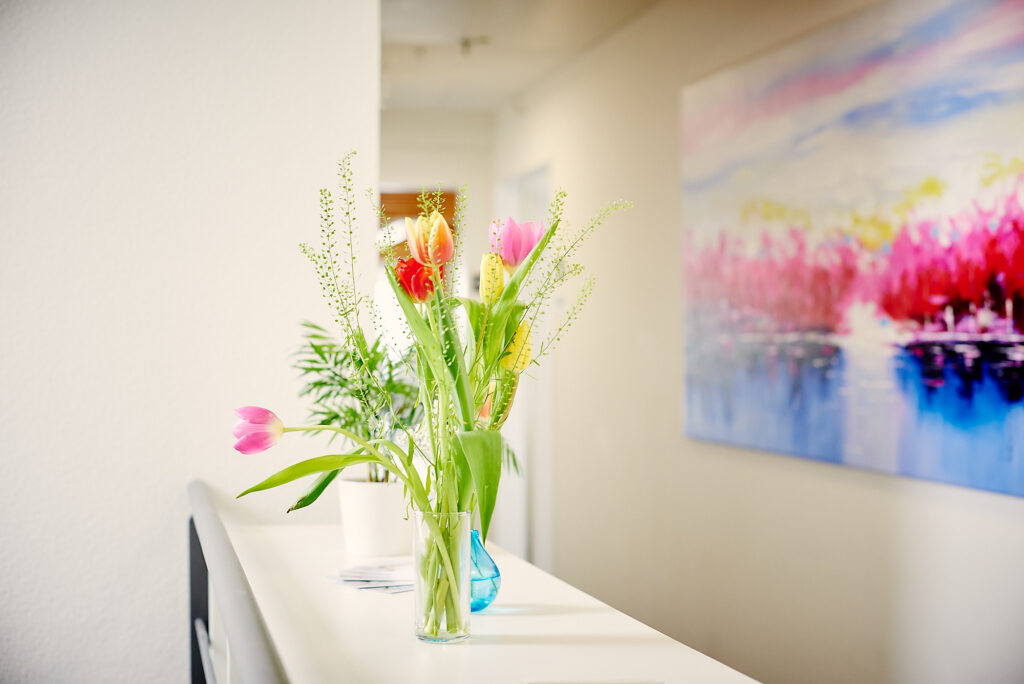“Sometimes the heart sees what is invisible to the eye.” — H Jackson Brown Jr
It’s Friday lunch time on a cold winter’s day. Long queues of doctors, nurses and therapists all dressed in white wait in the neon-lit hospital canteen for their turn at the counter.
I sit at a table with my colleagues John and Mary, hastily eating my sandwich and quickly downing an iced tea. It’s almost time for me to be back on my pediatric ward ready for the next admission from the emergency room. ‘Mary looks exhausted’, I’m thinking as I take in her wrinkles and grey hair. She takes a bite of her lunch, followed immediately by another. Swallowing hard to clear her mouth before answering the insistent ring of her phone.
‘How many years have you been doing this work now?’ I ask with my own mouth full.
She puts down her fork, eyebrows raised and looks at her plate for a moment. ‘Twenty-five years… next summer.’
‘Wow, and we’re all still working around sixteen hours a day and hardly ever get to enjoy a quiet meal,’ I observe.
We go back to devouring our lunches, eating so fast we barely have time to chew.
But this is where the conversation takes a different turn.
‘I talked to a nine-year-old girl on my ward today for more than an hour,’ I continue. ‘Veronica has disabling pain in her knees and right ankle. She’s been relying on crutches for the best part of two years and has hardly walked at all for the last three months. When she spoke to me her eyes were full of tears.
“None of the doctors I’ve seen so far have found anything. Please don’t make me have any more painful tests.”’
‘Did you meet her mother?’ asked John.
‘Yes’ I reply. ‘Interesting woman. A successful business leader, very well organized, wearing black Japanese designer wear. Everything very precise. Nothing free-flowing. She said to me, “You know doctor, Veronica is top of her class in all her subjects. We’ve invested so much in finding out the cause of her pain; we truly need an answer now. The family is on the brink of collapsing under the pressure of Veronica’s pain and suffering.”’
A knowing smile was playing around Mary’s mouth. ‘So doctor, do you have an answer?’
‘Of course not. Though I have the feeling that this is not somatic, and that putting up a large interdisciplinary team is not going to lead anywhere.’
‘Sounds psychosomatic to me,’ Mary reflects, ‘but our team is not really equipped to handle chronic pain patients.’
I sigh. ‘I wonder to what degree all the so-called causes we learn about are actually the real causes? Maybe the cause of the disease is much deeper than what is revealed in the textbooks and papers.
After all, when we test mice and seventy out of a hundred get sick after encountering a bug, we assume the bug must be the cause. But what about the other thirty mice? We put this down to chance or host factors – just because we don’t fully understand. I wonder whether anyone is looking into this? And I also question what Veronica needs to learn by being grounded the way she is. I would love to tap into her heart directly and find out from the source.’
‘Mmm,’ Mary agrees. ‘When you’re young and in training you tend to be interested in all the tricks and buttons, the technology and how to conquer disease. But as you grow older you become more interested in deeper questions like yours.’
Intrigued by her comment I invite the others’ views.
Even more fascinating is that all of them agree that compassion makes up more than fifty percent of what we offer when working with chronic disease patients.
Next I ask ‘Were you ever trained in being consciously compassionate or how to contribute to healing with loving attention, sympathetic awareness and just open-hearted human love?’
Everyone looks down at the table.
Finally Mary voices what we’re all feeling. ‘We all know this Jan. And the longer we’re in practice the more we rely on “experience”, our sixth sense or intuition. Offering loving attention and compassion in addition to what we learned in med school.’
I am jolted out of this rare reflection with my colleagues by the jarring ring of my phone. Another emergency. ‘OK, I’ll be right there.’ And I race from the canteen.
Eight hours later at the end of my shift, my wife Jessica picks me up for a family weekend in the mountains. In the car’s rearview mirror, I glimpse six big brown eyes looking back at me. My heart fills with joy and gratitude that all three of my children are blessed with good health.
The next morning on the ski slopes I sit on one of our wooden sledges and watch Jessica laughing. She is at ease while playing with the kids at the top of the hill. Without warning my conversation with Veronica and her mother bubbles up in my mind. I ponder why my kids should be so blessed with the joyful experience of playing in the snow while Veronica can hardly move without pain. And am filled with a nagging sense of guilt about my insufficiency to truly help and heal her.
Veronica is trapped within the confines of conventional medicine and I am the ignorant messenger of its current theory “There is nothing wrong with your body. Might it be psychological?”
However, something deep inside me knows that this is not the full story.
Two years later, I am in my office opening a letter from a leading European hospital which specializes in psychosomatic disease and psychological counselling for patients in pain. I learn that Veronica spent 6 weeks in a hospital-like institution without her parents. During that time there was essentially no change to her condition on discharge.
I feel deeply tired and recline my seat, a hand on my chest as if to hold onto my heart as I speculate out loud. ‘Kids with such illnesses often come from affluent families with alert, cultivated minds, often with a refined sensual awareness of their bodies,’ I reason. ‘Maybe their issues are less rooted in the material world but reflect a lost wholeness. This could well present with pain and the inability to move freely’.
‘They also tend to be kids of somewhat stressed and uptight parents’, I realize, visualizing Veronica absorbing and harbouring the tensions of her parents until their overflow caused disease in her.
‘It’s almost as if she is part of a new generation living in a more stressful environment while being more aware and sensitive to physical sensations of stress. With no immediate role models who could show her how to handle stress, perhaps her body and mind are absorbing the negativity in her surroundings, resulting in painful paralysis and a feeling of not being understood.’
‘Is Veronica expressing her parents’ collective pain to bring attention to the family dynamic? Did I examine her as if I was looking at a broken valve rather than realizing that she was a healthy valve in an overheated pressure cooker, attempting to heal her family’s or generation’s condition?’
A warm feeling of understanding sweeps across my heart.
‘Maybe Veronica is a true pioneer of a new generation and is expressing its collective “growing pains” to use a clumsy analogy. Perhaps a doctor running tests or parents looking for biomechanical or psychological causes of her pain is not enough. What she needs is to be asked what would make her feel loved and respected as a guide for all of us who surround her. How could we support her in expressing what might be a healthier environment for her to exist in without pain? I would imagine such an environment might be healthier for all of us.’
Veronica’s story is not unique. I’m sure many of you reading this have encountered similar patients in comparable situations.
What interests me is how many of my medical colleagues and peers have ever felt a knowing beyond what our textbooks have taught us?
Are we missing a vital piece of the puzzle whenever we classify a medical condition as psychogenic or somatogenic?
That is the territory we’re exploring here at Heart Based Medicine.
The story above is based on personal experiences. Places and names are fictional.
